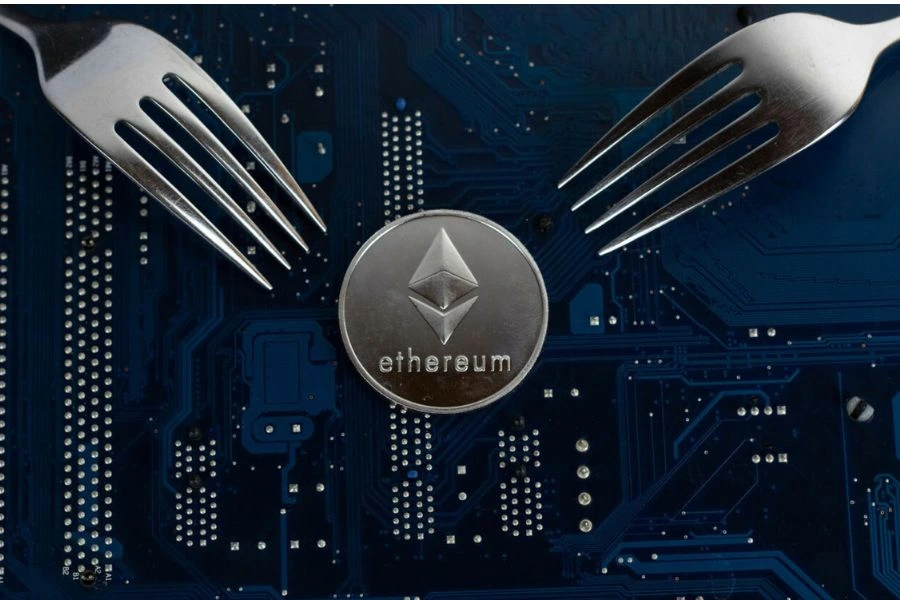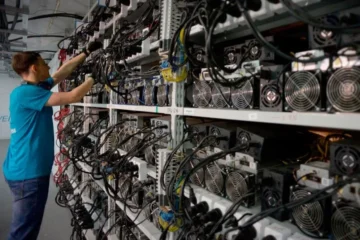Cryptocurrency isn’t static—it evolves. And sometimes, that evolution involves a dramatic split known as a hard fork. If you’ve ever wondered why Bitcoin has so many versions (Bitcoin, Bitcoin Cash, Bitcoin SV…), you’re about to find out. Let’s break down what a hard fork is, why it happens, and look at some real-world examples that reshaped the crypto landscape.
Table of Contents
What Is a Hard Fork in Crypto?
A hard fork occurs when a blockchain splits into two separate paths due to disagreements or updates in its protocol that are not backward compatible. Essentially, it creates a new version of the blockchain with its own rules, while the old version continues independently.
Think of it like a software update that’s so drastic, the old and new versions can’t talk to each other anymore. Every node (participant in the network) must decide which path to follow. If they don’t upgrade to the new protocol, they remain on the old chain.
Why Do Hard Forks Happen?
Hard forks are often the result of:
- Disagreements in the community over the direction or functionality of a blockchain.
- Security patches or major upgrades.
- Scaling issues (like how many transactions a network can handle).
- Governance decisions involving changes to monetary policy or block size.
Some hard forks are planned and welcomed. Others are messy, contentious, and divide communities.
Hard Fork vs. Soft Fork: Know the Difference
Before diving into examples, it’s useful to distinguish hard forks from soft forks. A soft fork is a backward-compatible upgrade—nodes that don’t update can still interact with the new version.
Also Read: What Is a Liquidity Pool and How Does It Power DeFi?
But a hard fork creates an entirely new chain. If you held coins on the original chain at the time of the fork, you typically receive the same amount on the new chain as well—one of the reasons they get so much attention.
Famous Examples of Hard Forks
Let’s look at some of the most well-known hard forks that shook the crypto world:
1. Bitcoin Cash (BCH) – 2017
The most talked-about fork in Bitcoin history. Bitcoin Cash was created in response to Bitcoin’s growing transaction fees and scalability issues. BCH increased the block size from 1MB to 8MB, allowing more transactions per block.
Why it happened: Disagreements over whether to scale Bitcoin on-chain (increase block size) or via solutions like the Lightning Network.
Result: Two camps formed—Bitcoin (BTC) and Bitcoin Cash (BCH). Both coins still exist today, with very different communities and philosophies.
2. Bitcoin SV (BSV) – 2018
Bitcoin Cash didn’t stay unified for long. Another rift led to the birth of Bitcoin SV (Satoshi’s Vision), which aimed to return to what its supporters considered the “original” Bitcoin protocol.
Why it happened: BCH developers disagreed on technical updates, leading to another split.
Result: Bitcoin SV focused on massive block sizes and enterprise use cases, diverging even further from BTC.
3. Ethereum and Ethereum Classic (ETC) – 2016
This is another legendary fork in crypto history. After the infamous DAO hack, where $60+ million in ETH was stolen, the Ethereum community voted to reverse the hack and refund users by creating a new version of the chain.
Why it happened: The Ethereum Foundation wanted to “undo” the hack. Others believed “code is law” and opposed interfering with the blockchain.
Result: Ethereum (ETH) forked away from the original chain, which became Ethereum Classic (ETC).
What Happens to Your Coins During a Hard Fork?
If you’re holding crypto in a wallet (not on an exchange) at the time of a hard fork, you’ll usually receive equivalent coins on both chains. For example, if you had 1 BTC during the Bitcoin Cash fork, you’d end up with 1 BTC + 1 BCH.
However, that doesn’t mean you instantly gain value—forked coins often drop in price quickly. Also, getting access to forked tokens may depend on your wallet or exchange’s support.
Risks and Opportunities of Hard Forks
Opportunities:
- You could receive “free” coins on the new chain.
- New chains might have lower fees or more advanced features.
Risks:
- Volatility: Forked tokens can plummet in value quickly.
- Confusion: Scams sometimes arise pretending to be official forks.
- Community division: Forks often lead to infighting and diluted ecosystems.
Also Read: Top 5 Crypto Wallets in 2025 (With Pros and Cons)
How Hard Forks Influence the Crypto Space
Hard forks are more than technical events—they’re political and ideological moments that reflect deeper conflicts in blockchain communities. They reveal who controls development, what values a project prioritizes, and where its future lies.
While they can cause short-term uncertainty, forks also drive innovation and keep blockchains adaptable.
Final Thoughts: Should You Worry About Hard Forks?
Not necessarily. But you should understand them—especially if you’re investing long-term. Hard forks are part of crypto’s growing pains, reflecting its rapid evolution and passionate communities. Whether they bring innovation or chaos often depends on how they’re handled.
At the end of the day, a hard fork isn’t just a technical split—it’s a philosophical one. And in crypto, that kind of debate is always on the table.




